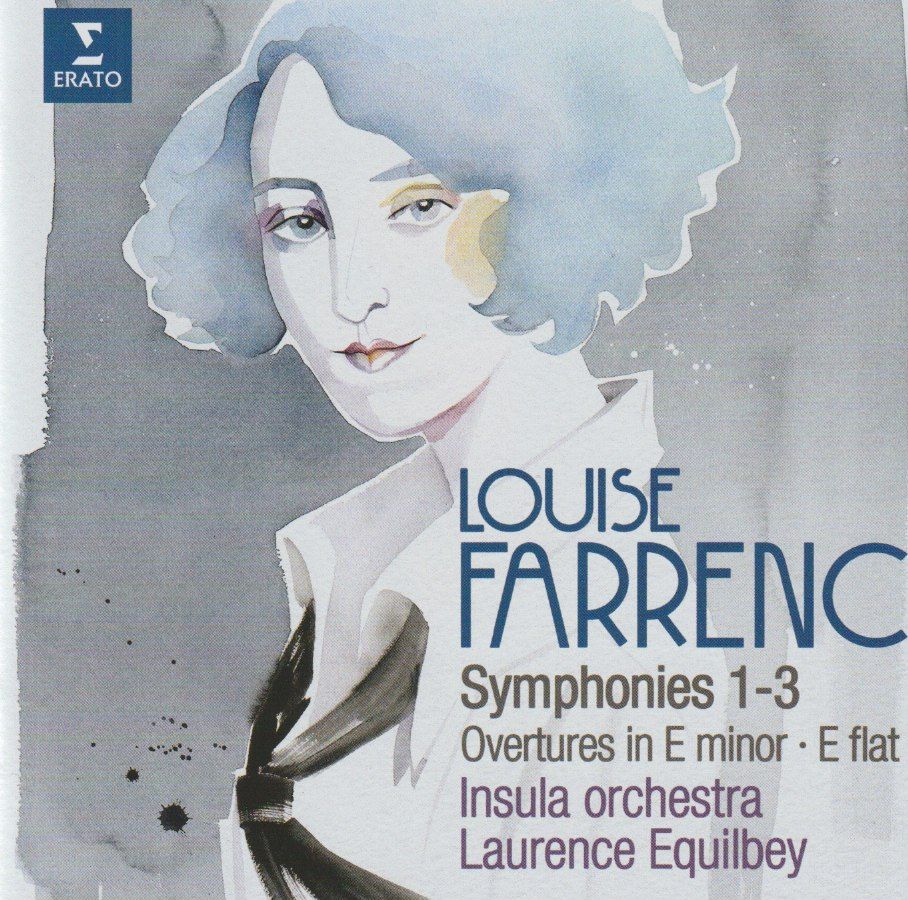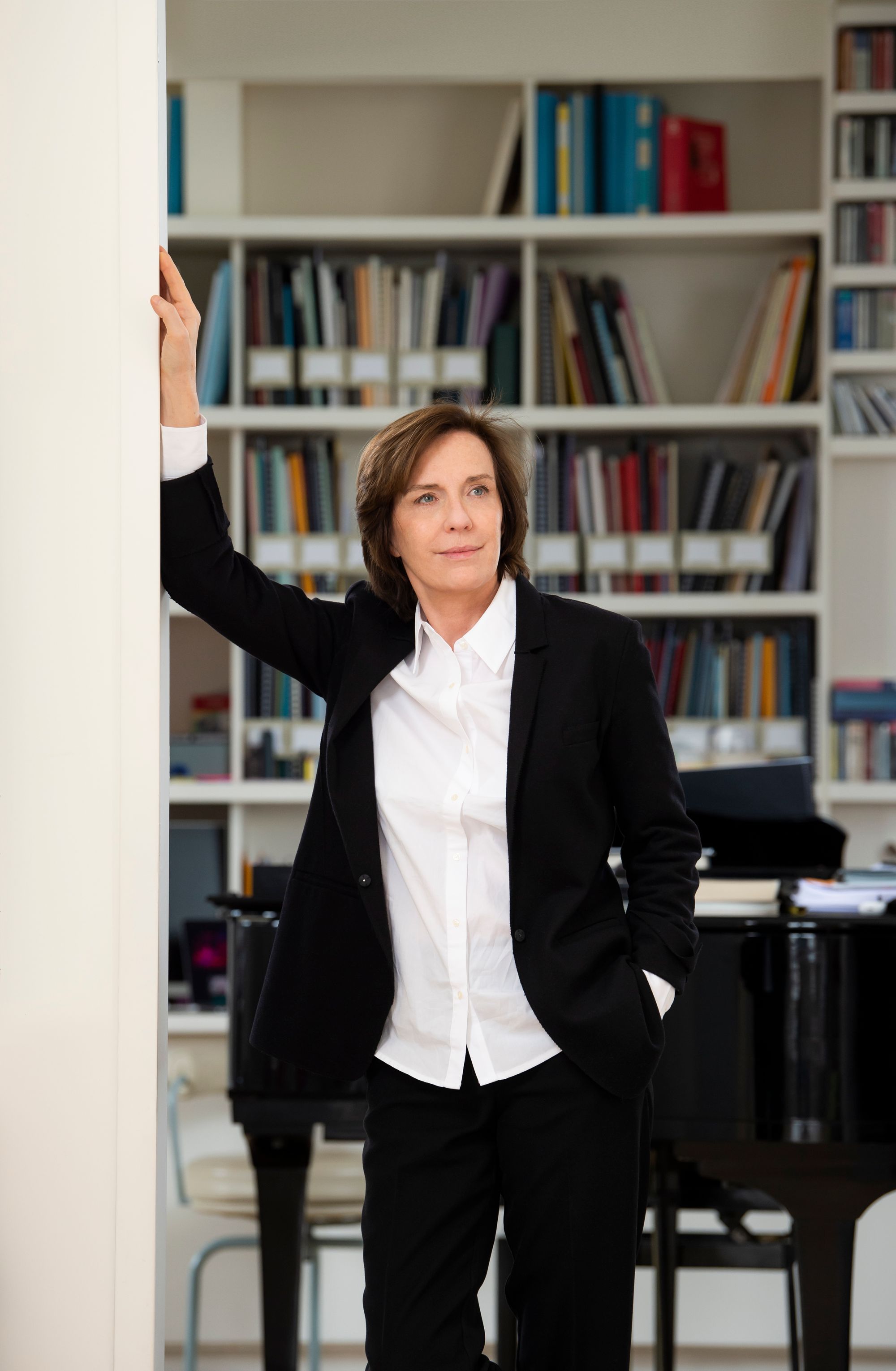Louise Farrenc, Symphonies and Overtures from Laurence Equilbey and Insula
It is truly wonderful that we how have Farrenc's theee symphonies in faultless performances by Insula in one place

A little while ago, we covered Insula's performances of Louise Farrenc's Symphonies No.s. 1 and 3 under conductor Laurrence Equilbey on Warner Classics, here. Warner has now reissued this as part of a slimline twofer, adding the Second Symphony and two concert Overtures to comprise the second disc.
A quick recap on Louise Farrenc: she started to learn piano aged six, studying with Hummel and Moscheles, two great Romantic piano virtuosi. It was Anton Reicha who taught her composition, though. and provatey as females could not at that time enter the Paris Conservatoire to study composition. She went on to become Professor of Piano at that very institution, the first woman to hold the chair - a position she held for three decades.
While during the 1820s and 1830, Farrenc focused on works for the piano and in the 1840s for chamber music, she did pen three symphonies (usually then considered a Germanic form) and two Overtures.
The first movement of Farrenc's Second Symphony (D major, Op. 35) is interesting in its thematic material: two themes, one on string and one on winds, each forming a double structure (two interlocking themes which are heard simultanwously in complete form - for the strings, two phrases, double-basses and violins; the wind theme weaves two identical parts together as if a canon). The performance here is robust - there is no doubting the annunciatory natire of the opening of the Andante introduction; the Allegro is fierce, full of energy in this superbly recorded performance. Equilbey keeps the temperature high in the development (some wonderfully characterful wind solos here, too, as the themes chase each other).
The slow movemnt could hardly be more contrastive - gentle, and utterly individual. Easy to place historically. It is clearly Romantic in demeanour - but try to place the composer and that's when it becomes difficult to find direct references - this is Farrenc, through and through.; the Scherzo is magnificent, big-boned, with Isula's authentic slant ensuring maximal heft and punch without any blurring of textures. The drones of the Trio are most appealing, as is the shadowy response, almost Weber-Freischütz in demeanour.
The finale's grand opening balances that to the first movement nicely. But ehre there is a distinct change in methodology, towards a more archaic way of writing (Schumann could do something similar at times). Christin Heitman's excellent booklet notes point out a similarlity betwee the theme first heard in the basses in the slow opening and the theme of Bach's Kunst der Fuge (The Art of Fugue). The theme is magnificently reframed in the fugato later in the finale
Here is a video of a complete performance given by Insula and Equilbey at the time of recording.

The balance of the disc comprises two concert overtures. Both of these (E minor, Op. 23 and E flat, Op. 24) were composed in 1834, some 11 years prior to the Second Symphony (1845). The overtures use a larger orchestra than the symphonies (including four horns and there trombones). The dark shades of the opening of Op. 23 cede to an Allegro packed with concentrated energy (this theme appears as an accompaniment later on to the contrasting woodwind subject, an effective moveon Farrenc's part). Here's a live performance from La Seine Musicale in Paris by Insula and Equilbey from September 30, 2022:
The Second Overture begins hyper-dramatically, the tme boldy sated in octaves/. The authentic instrument approach plays huge dividends in the sheer power of the performance - and, as always, Equilbey's pacing is faultless, while the Allegro plays with a catchy, simple idea in the most infectious way possible. No wonder Equilbey has been known to choose this piece as an encore:
It is truly wonderful that we now have Farrenc's theee symphonies in phenomrnal, faultless performances by Insula in one place, with two substantial bonuses.
